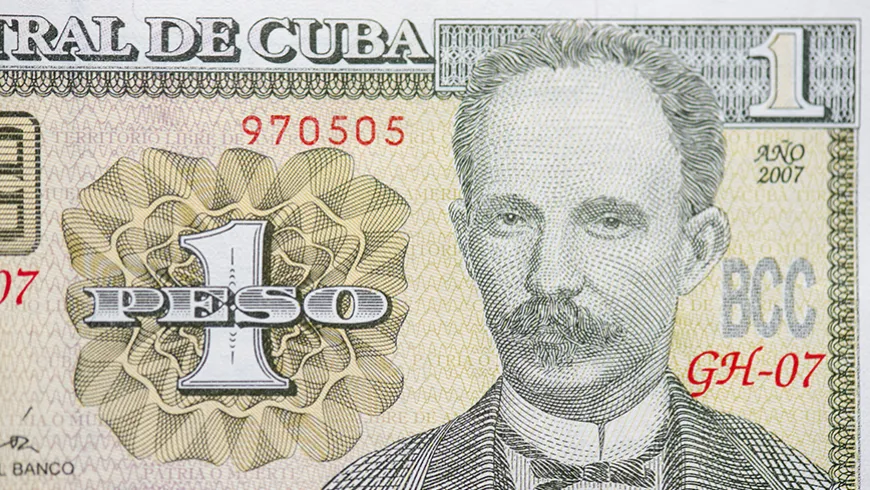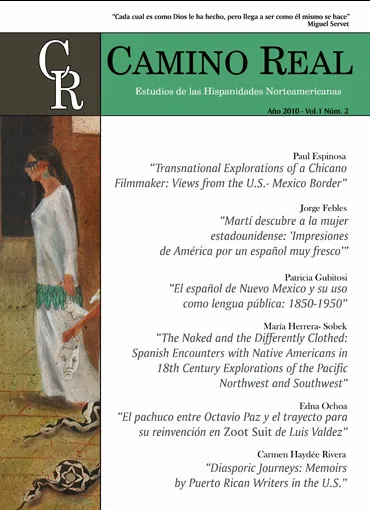
In this essay, I discuss briefly three magazine sketches written by José Martí during his first prolonged stay in New York City. The essays, entitled collectively “Impressions of America (by a Very Fresh Spaniard)” appeared in the journal The Hour in July 10, August 21, and October 23, 1880. The Cuban essayist summarizes at times in rather piquant manner his initial reaction to the United States. In doing so, he focuses for the first time on American women, establishing a critical and metaphorical outlook that will prevail throughout those North American Scenes (Escenas norteamericanas) penned by him for different Latin American newspapers during his fifteen years in New York. I argue that he approaches his subjects as symbols of a specific historical period rather than as human beings. They are emblems of that Gilded Age which he came to detest. In his essays on manners, Martí portrays women essentially according to four paradigms: corrupt and noxious entities, rebels undergoing a precarious evolution, humble victims of capitalist society, and merely decorative objects lacking concrete personality. By succinctly analyzing their role in the sketches in question, I intend to provide a foundation, questionable though it may be, from which to study Martí’s depiction of U.S. women throughout his North American Scenes.


